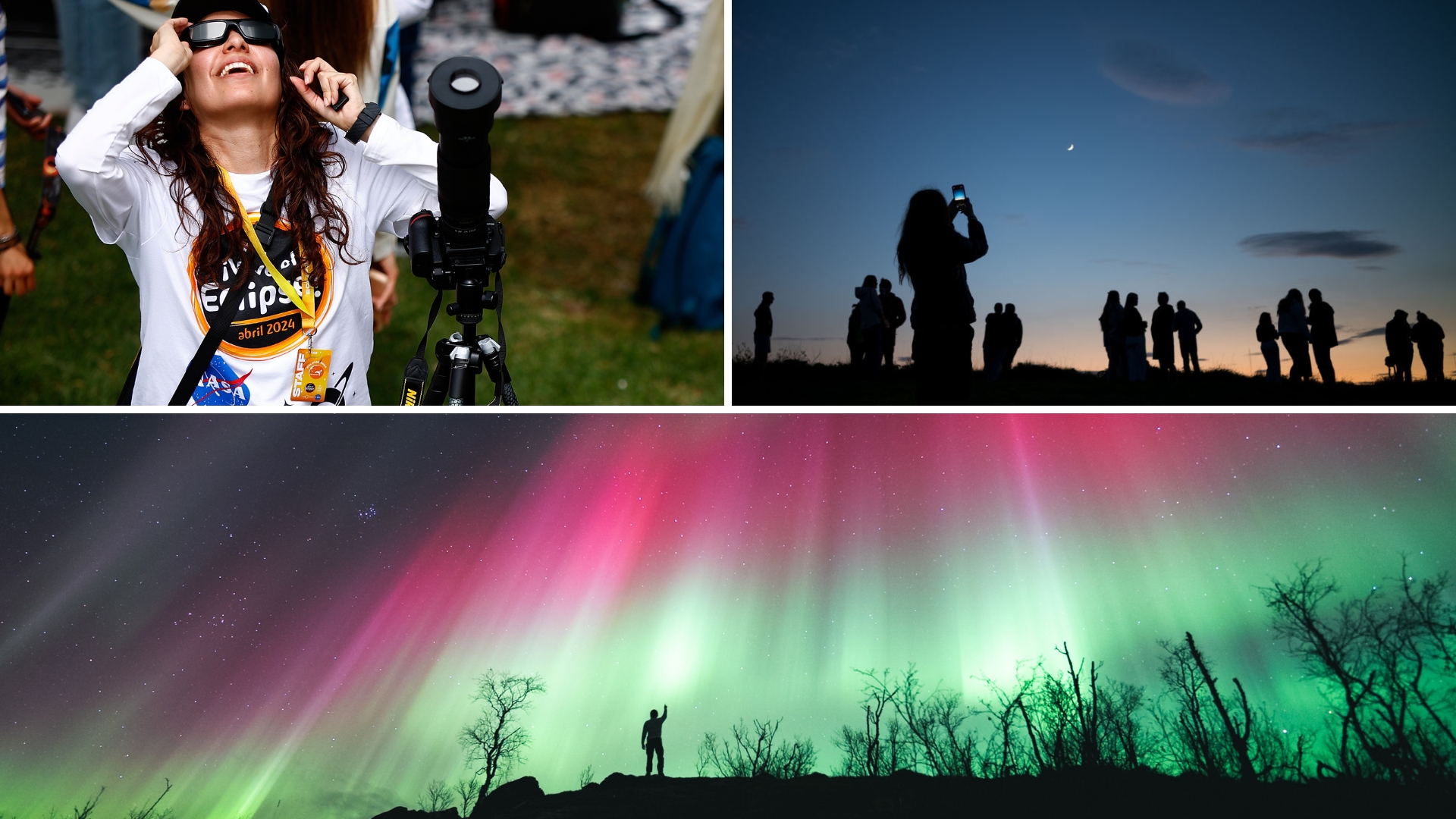
What was your skywatching highlight of 2024?
The rare total solar eclipse seen from North America? A moonless Perseid meteor shower? Or did you revel in the northern lights appearing above your home?
Here's what happened in the skies above in 2024 in spectacular images.
1. 'Great American Eclipse'
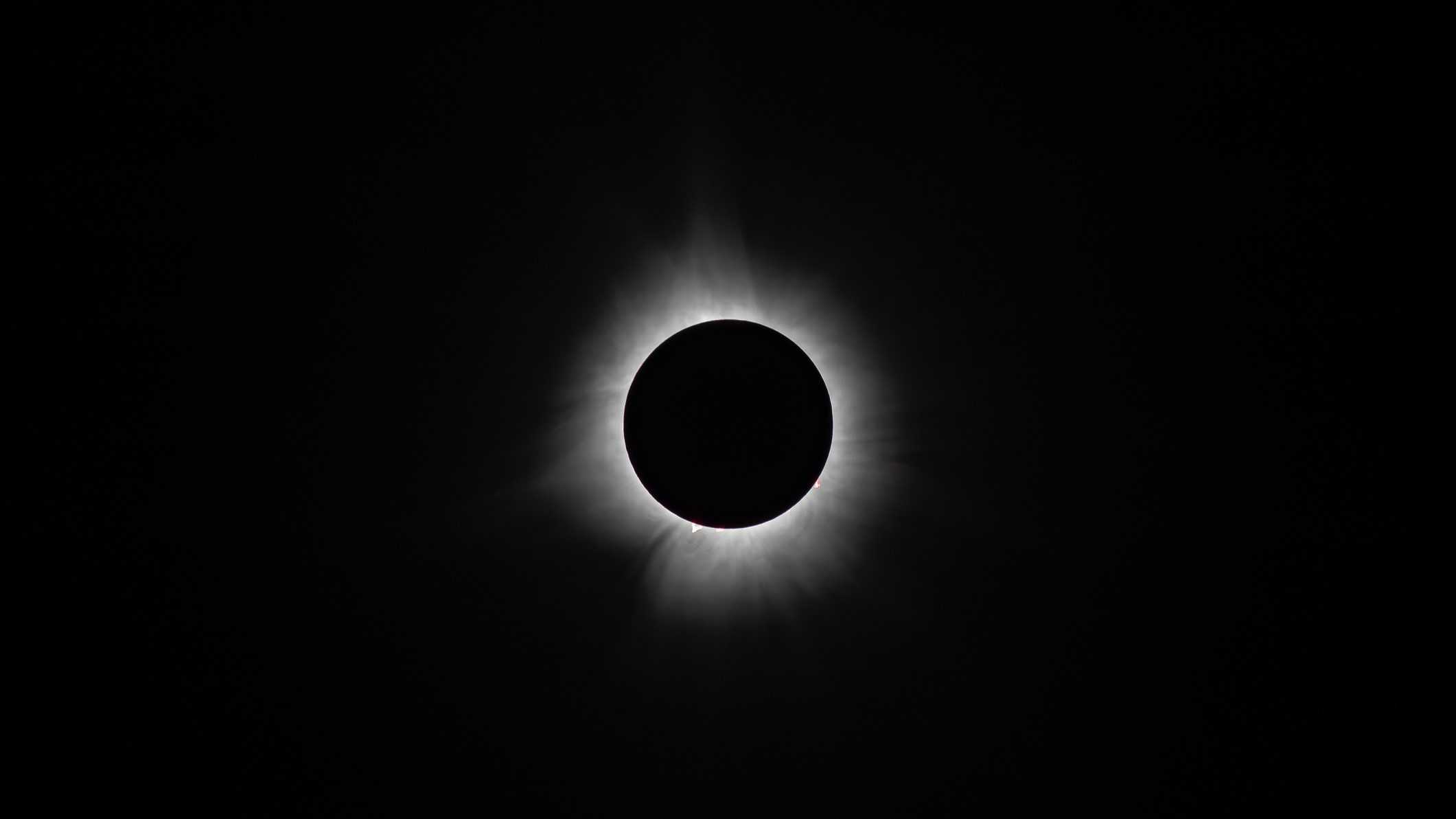
When: Apr. 8, 2024
Over 50 million people had their eyes glued to the skies on a Monday in April when a rare total solar eclipse saw the moon's shadow surge across a 10,000-mile-long (16,000 kilometers) route through North America. For most of Texas — the predicted "eclipse ground zero"— it was a washout, but totality was gloriously clear across Indiana, Ohio, the far northeastern U.S. states, and Canada. When's the next one? On Aug. 12, 2026, another total solar eclipse from Greenland, Iceland, the Atlantic Ocean, and Spain will be observed.
Read more: Total solar eclipse 2024 thrills millions across North America (video, photos)
2. Northern lights in May
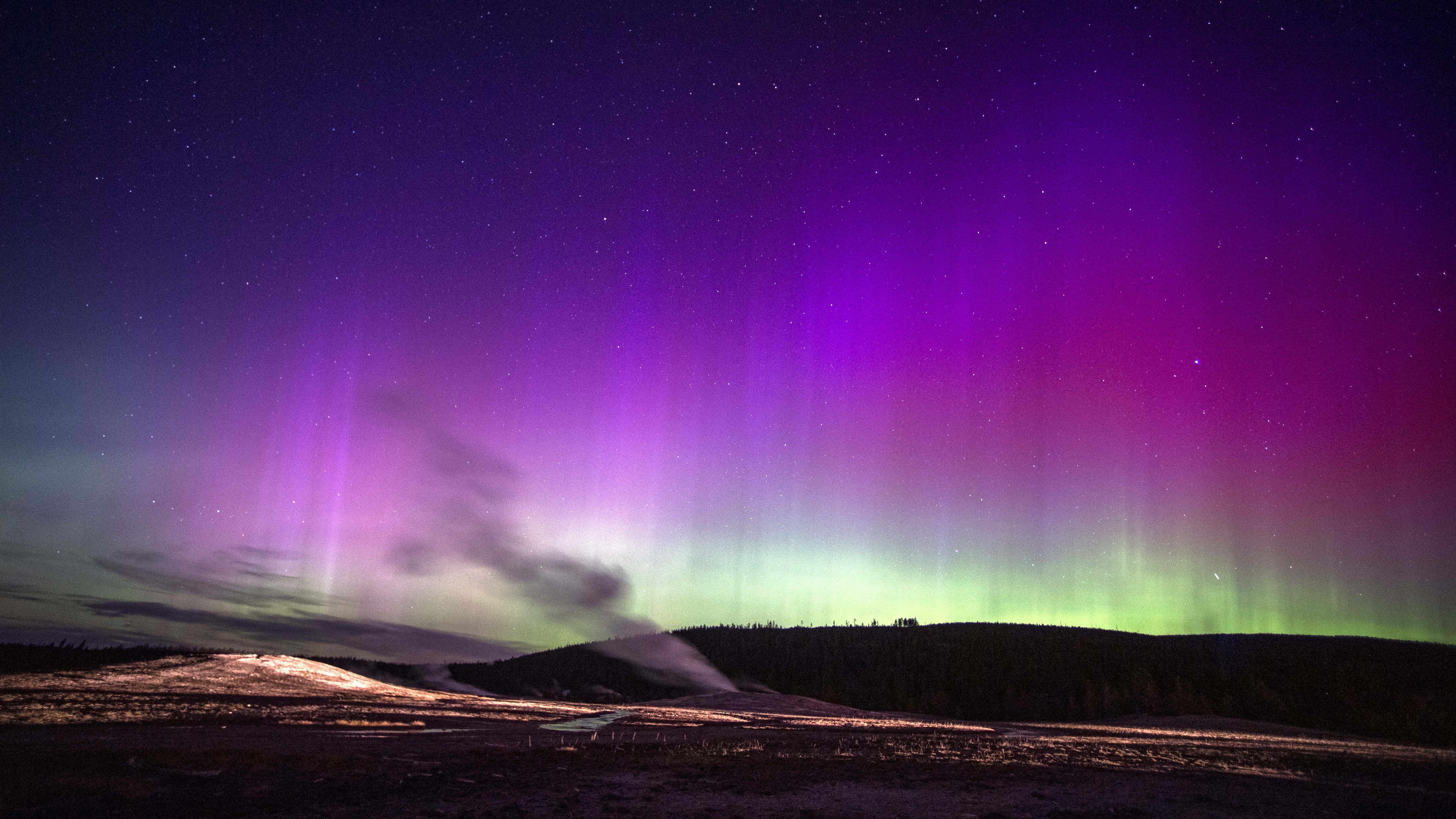
When: May 10-11, 2024
It was known that 2024 would see an uptick in geomagnetic activity. Still, nobody predicted the events of May when aurora was seen as far south as Florida in the U.S. and Ladakh in northern India. It may have been among the strongest aurora shows since record-keeping began.
3. 'Ring of Fire'
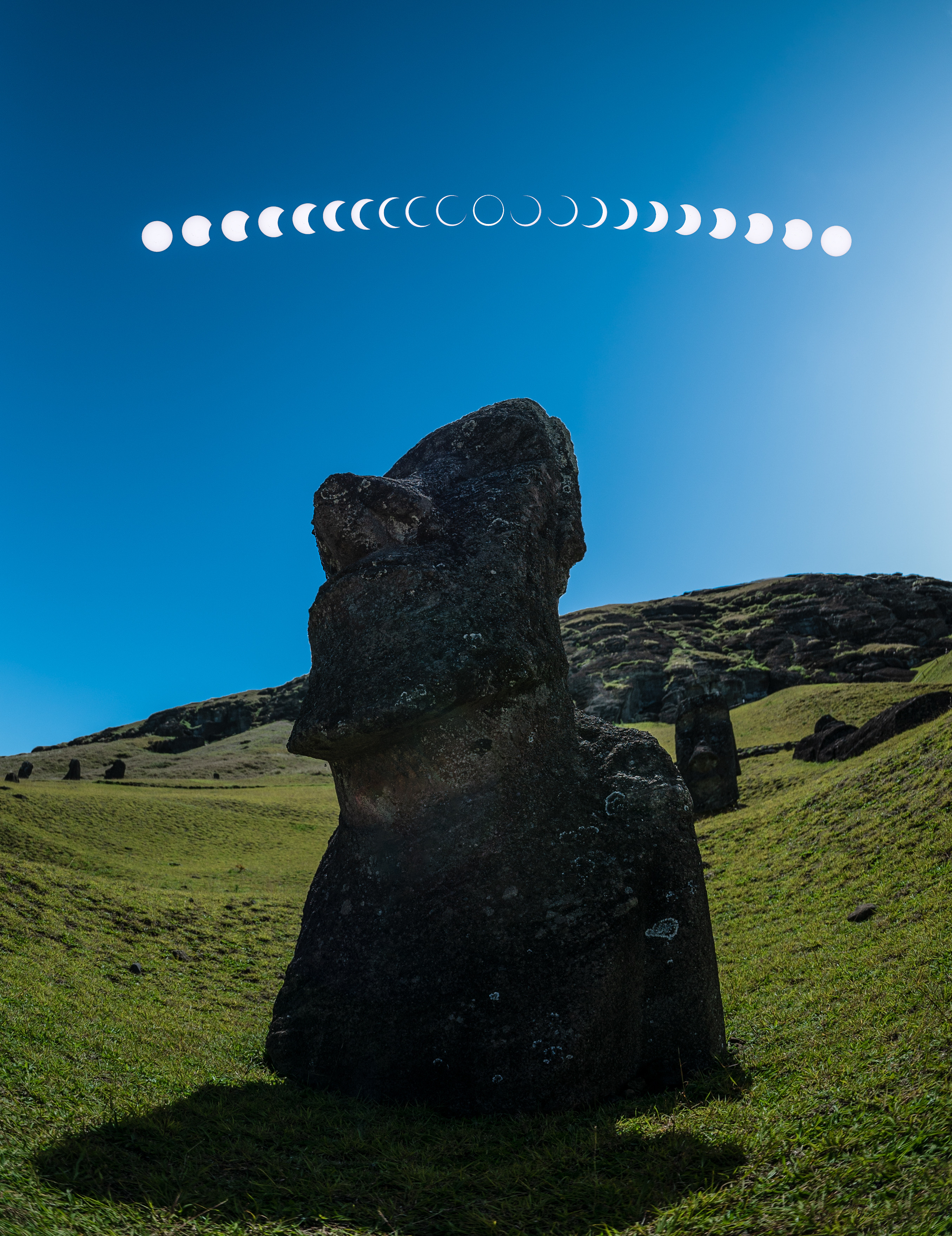
When: Oct. 2, 2024
Though barely a few thousand dedicated eclipse chasers saw it, this annular solar eclipse provided a sublime and unforgettable view of the sun as a "ring of fire." A key location was the remote Rapa Nui — also known as Easter Island — where a "micro moon" sat plumb in front of the sun for almost six minutes. It was the island's first in 236 years and its last for 321 years.
Read more: What it was like to experience the 'ring of fire' solar eclipse on Easter Island
4. Northern lights in October
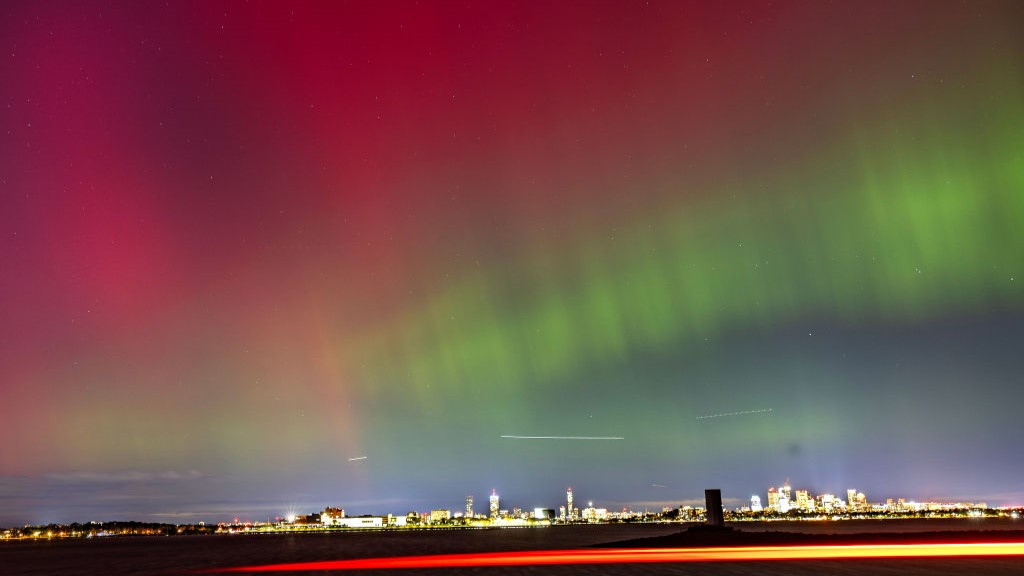
When: October 10-11, 2024
Five months after May's spectacular planet-wide aurora, scientists announced that the sun had reached solar maximum, a period of heightened solar activity and sunspot frequency that occurs during the sun's approximately 11-year solar cycle. Right on cue, another almost-as-good display of aurora was seen across the globe.
5. A naked-eye comet
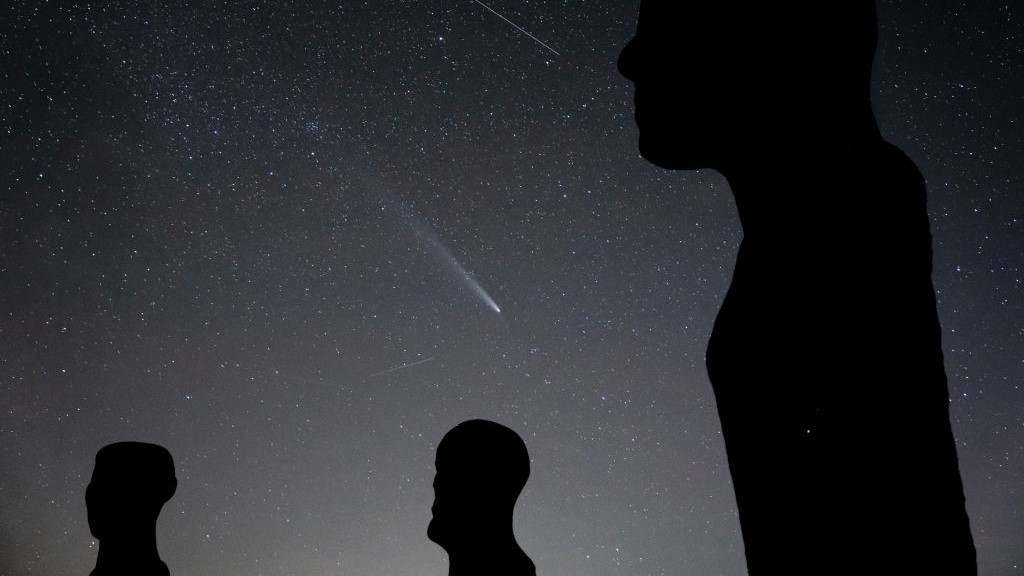
When: October 2024
Did you see Comet Tsuchinshan-ATLAS? Just as predicted a year before, this long-period comet, not seen in the inner solar system for 80,000 years, became visible to the naked eye earlier in October as it flew past the sun and Earth.
Read more: See the 'comet of the century' light up the night sky in breathtaking photos
6. Perseid meteor shower
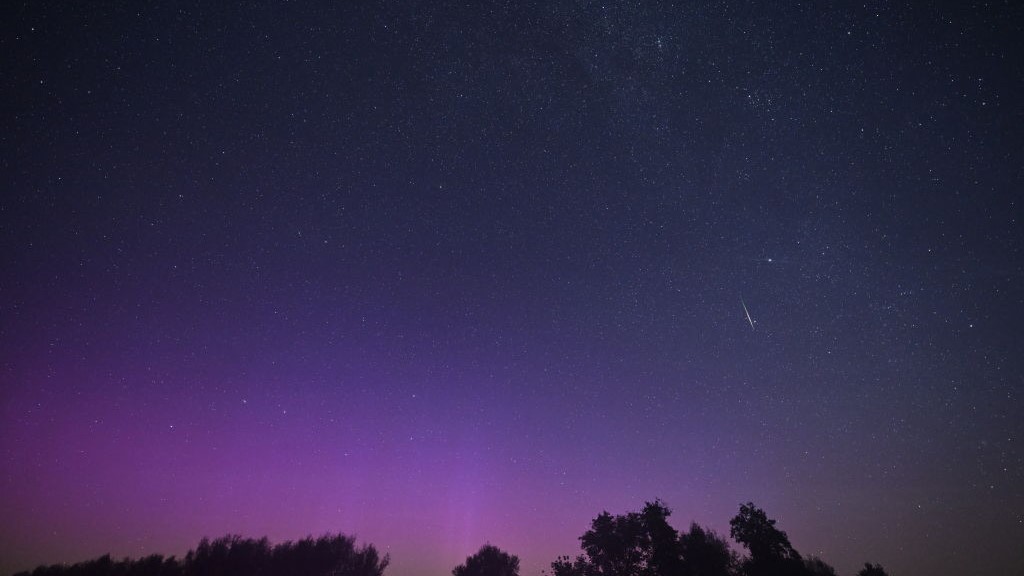
When: Aug. 11-12, 2024
The Perseid meteor shower peak is always something to get excited about, but this year, the 100+ shooting stars were joined by simultaneous northern lights as solar maximum got underway.
7. The biggest supermoon of the year
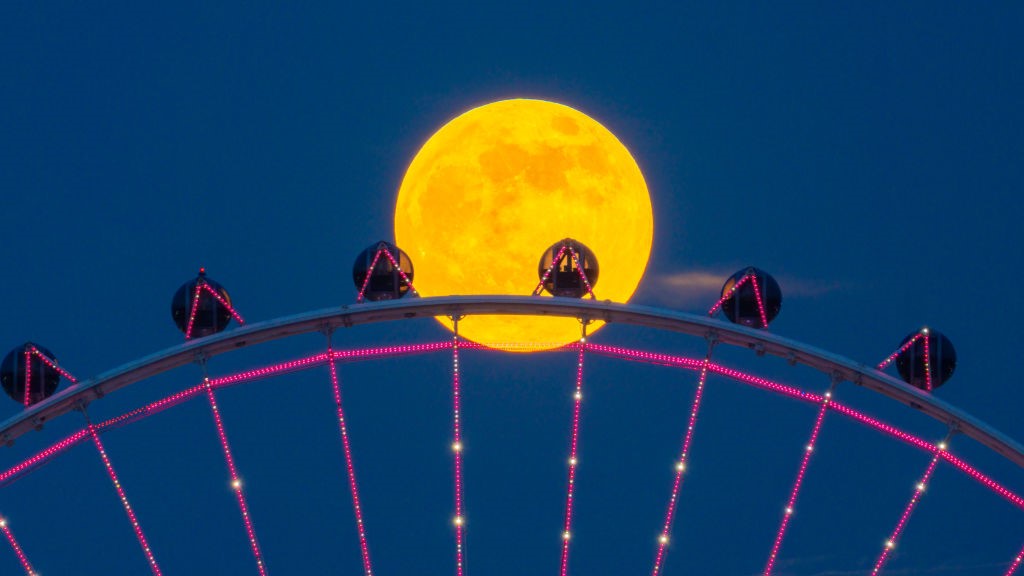
When: Oct. 17, 2024
A consequence of the moon's elliptical orbit of Earth is that one full moon each year must be the closest, so the largest in the night sky. That honor in 2024 went to October "Hunter's Moon," which appeared too early for Halloween but still managed to put out some spooky supermoon vibes.
8. Earth's shadow across the moon

When: Mar. 24 and Sept. 18, 2024
The moon drifted into Earth's fuzzy outer shadow to cause a slight penumbral lunar eclipse a couple of weeks before April's total solar eclipse and after October's annular solar eclipse. Nothing to get excited about? Perhaps when compared to a total solar eclipse, but the sight of the line of Earth's shadow moving across the lunar surface was, as ever, hypnotic.
Read more: March's Full Worm Moon wriggles its way through a subtle lunar eclipse in stunning photos
9. Taurid fireballs in the sky

When: November 2024
Think shooting stars are fun to see? A meteor shower can impress, but what you really want is a super-bright fireball. That's what happened in November when Earth busted through the Taurid Swarm of meteors, with a fireball was caught on camera on Nov. 9 from Colorado, Kansas, Texas and Oklahoma (though it was possibly a SpaceX Starlink satellite)) and again on Nov. 13 along the U.S.-Canada border.
Read more: Brilliant fireball explodes over North America as satellites capture flash from space (video)
10. Conjunction of Jupiter and Mars
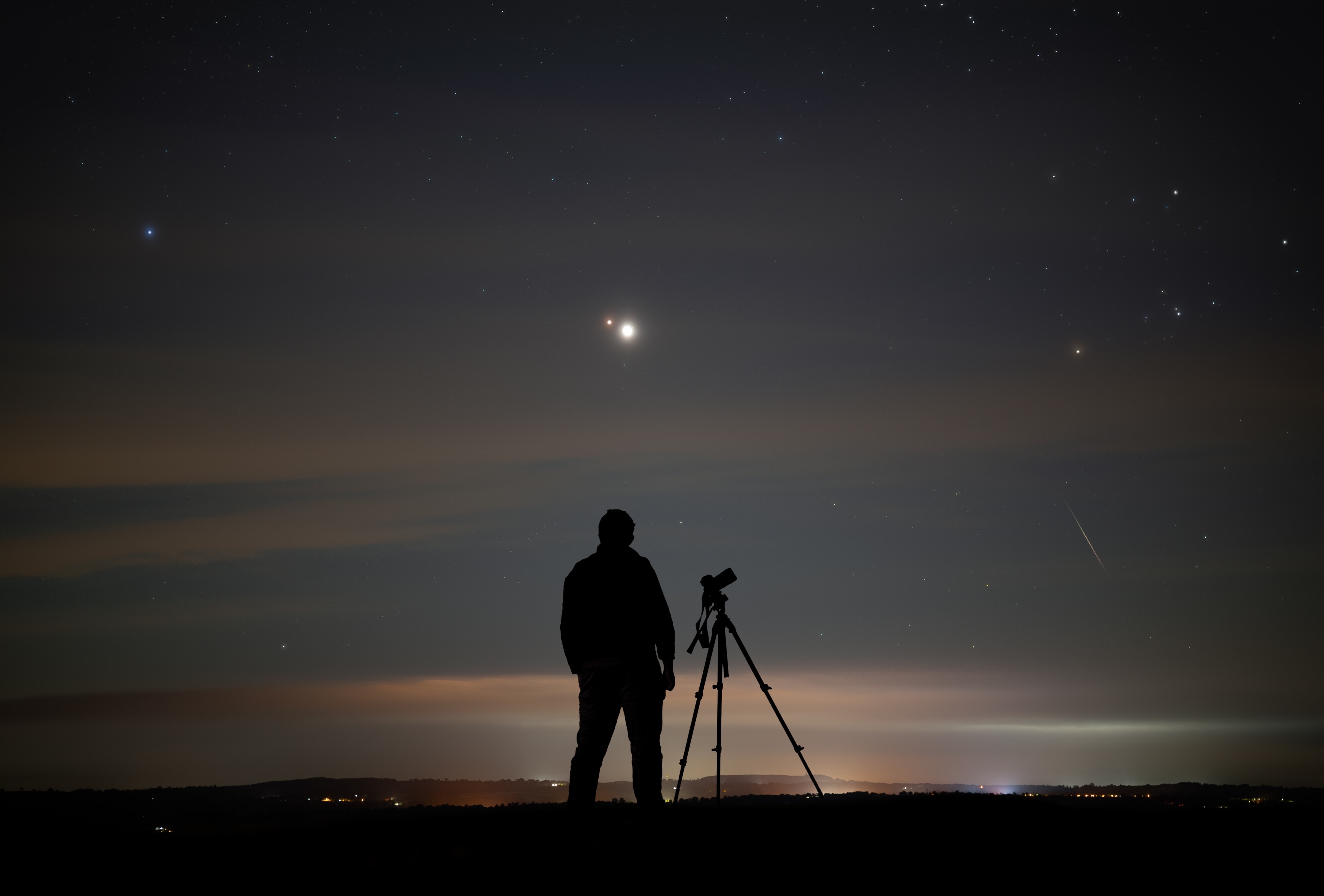
When: Aug. 14, 2024
Astrophotographers up before the sun in August captured a rare planetary "meet-up" between Jupiter and Mars. It was the first time the two planets had been so close in the night sky for over two years.
The two planets won't appear this close together in the night sky until 2033.
Read more: Astrophotographers capture rare Jupiter and Mars encounter (photos)
If these images have sparked your interest in capturing the night sky, our beginner's guide to astrophotography and top tips for composing stunning shots are great resources to get started. For those looking to explore the cosmos in more detail, don't miss our roundup of the best telescopes available.







